Yamaha YH-L700A


The Yamaha headphones are by turns great, good, and underwhelming. A terrifically assertive and rich audio performance is complemented by an intriguing 3D feature and disappointing ANC. Those with small heads may want to look elsewhere, too.
Pros
- Rich, energetic sound
- Long battery life
- Assured spatial audio and head tracking
- Strong wireless signal
Cons
- ANC underwhelms
- Bulky fit
- Inelegant button controls
- Expensive
Availability
- UKRRP: £449
- USARRP: $699
- EuropeRRP: €499
Key Features
- 3D Sound FieldRenders two-channel sound source in a three-dimensional sound space
- Listening OptimizerOptimises sound in real-time to correct the difference between the source and the ‘actual’ listening condition
- Listening CareOptimises the volume balance depending on the source device’s volume level
Introduction
Yamaha is well known for two things: its musical heritage and soundbars. So what happens when it takes that musical knowledge, combines the experience gained in digital signal processing from its soundbars, and jams it into a pair of headphones?
You get the YH-L700A. As the Japanese audio brand’s flagship pair of cans, the L700A have a price tag to match their standing. The highlight is their implementation of spatial audio, which takes stereo content and transforms it into a 3D sound field.
They have quite some competition, jostling against the likes of Apple, Bose, Sony, and Philips. Yamaha has gone full blast with these headphones, and the results are thrillingly entertaining.
Design
- Individual sense of style
- Bulky appearance
- Finicky buttons
There’s no getting around the YH-L700A’s size. Place them on your head and they don’t so much sit there but envelop the top half. Those with smaller heads and smaller ears should probably consider headphones that aren’t as jumbo-sized.
Bulkiness notwithstanding, the Yamaha offer a comfortable fit. The clamping force is on the loose side, the padding is generous, and the headband – wrapped in a cloth fabric – looks handsome and feels nice.

The use of leather-like materials and fabric cloth affords them plenty of style. The shape of the ear cups looks a little like a treble clef note when laid flat; but I may be seeing what I want to see.
The headphones can be folded flat or collapsed to be stowed away in the accompanying carry case. Sceptics of capacitive touch controls can breathe a sigh of relief with the use of physical buttons here, but it’s not all good news. Trying to locate the buttons isn’t as effortless as it ought to be – I found it as easy to find the volume button when I meant to press stop. It’s simpler just to use your mobile device instead.
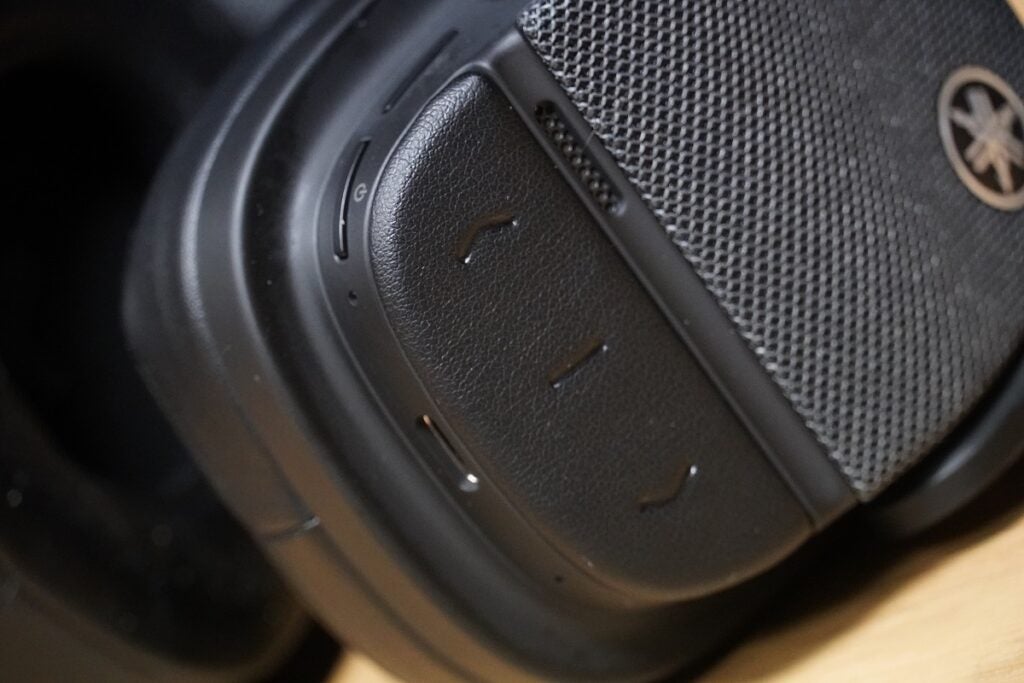
Three other buttons are spread over the right and left ear cups: ANC, power, and 3D. The first toggles through the various noise-cancelling modes (including off), but the 3D button doesn’t activate the 3D Sound Field technology; instead, it flits through the various ‘Surround Modes’. To enable it, you need to open the Yamaha Headphones app, which feels like a bit of a rigmarole.
Features
- 3D Sound Field tech convinces
- Underwhelming noise cancelling
- Strong connection to source device
At £449, you’d expect these headphones to do something interesting, and the inclusion of Yamaha’s 3D Sound Field technology is exactly that. Yamaha’s approach to 3D audio has more in common with Creative’s Super X-Fi holographic tech than Apple’s Spatial Audio with Dolby Atmos, upconverting stereo tracks into 3D.
And the effect certainly intrigues. The obvious differences between 3D and stereo are that the latter wrings out more definition and proximity to instruments and voices, while 3D has a spacious, expansive, but dislocated quality to its approach. The head-tracking feature impresses in how seamlessly it shifts the music in one direction as your head moves in another, but it can distract if you’re watching a video and need to look up for whatever reason.
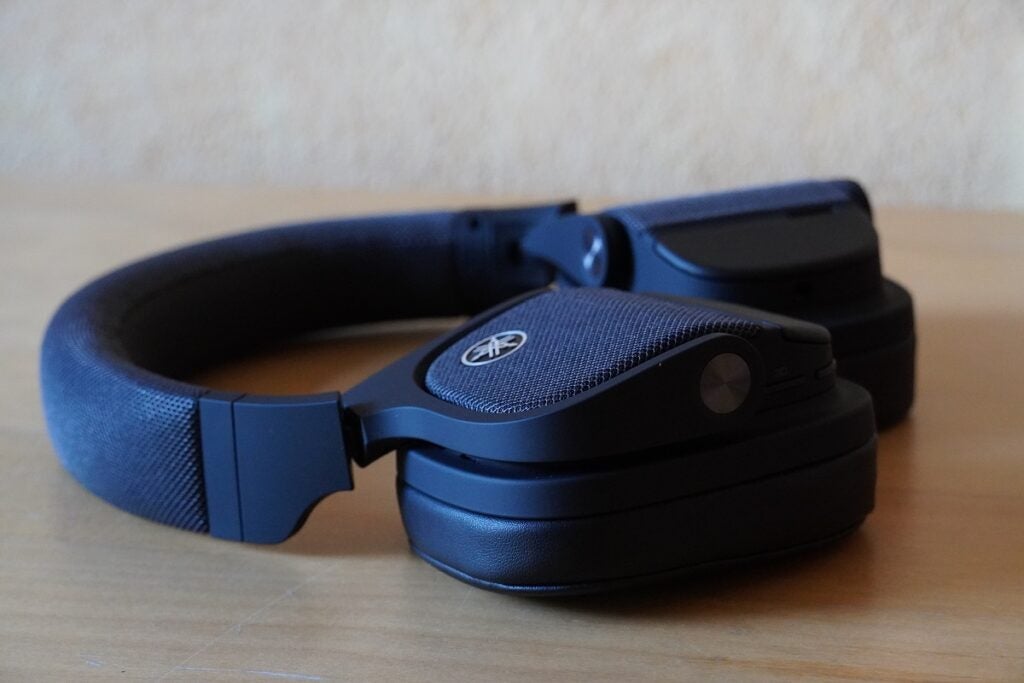
Whether 3D is necessarily for you is your preference, but of the ‘upconverted’ spatial audio technology I’ve used, this one has been the most confidently realised. There are seven modes to choose from in Cinema, Drama, Music Video, Audio Room, Background Music (for music), Outdoor Live, and Concert Hall. While they mostly sound the same, there are a few subtle differences in terms of the ‘sound’ of the environment, with Cinema mode producing a subtle echo with voices that mimics people talking in a room.
The downside to enabling the 3D Sound Field tech is that battery life suffers. With both ANC and 3D, stamina plummets to 11 hours. Without 3D the YH-L700A offer a healthier 34 hours. There’s no mention of fast charging, so if the headphones are fully depleted then it will take about 3.5 hours to bring them back to 100%.
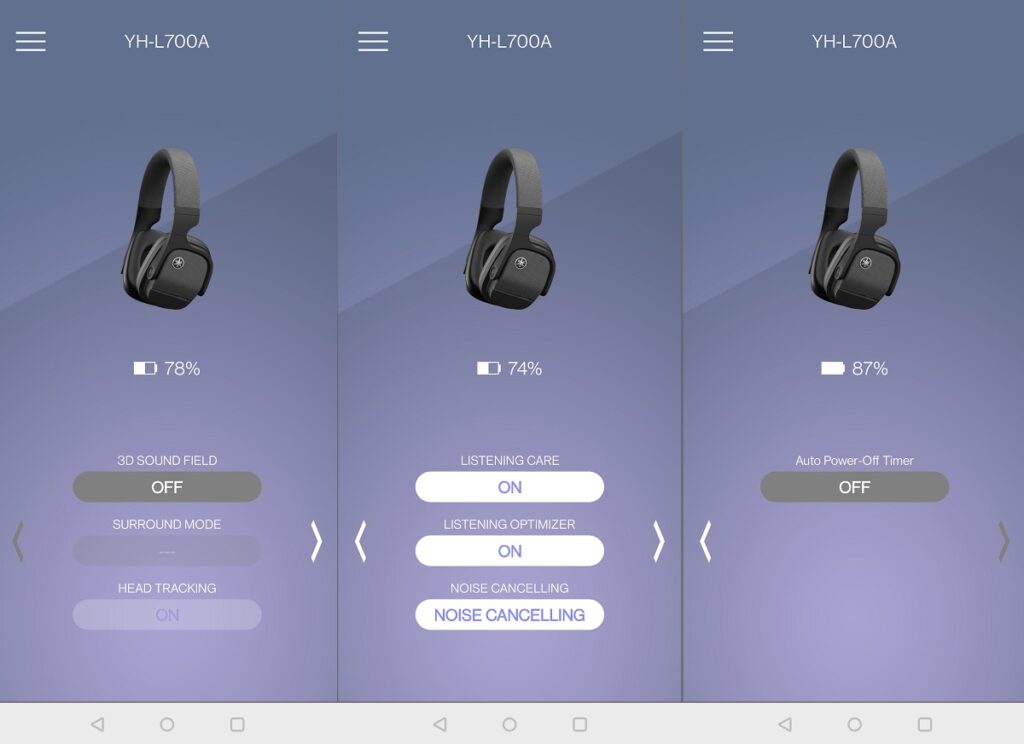
Bluetooth 5.0 is included and there’s support (with compatible devices) up to aptX Adaptive. Using the headphones in busy places such as London Waterloo, Soho and Trafalgar Square, the YH-L700A showed no signs of stress. Voice assistants can be called up through the headphone’s controls (there are no built-in assistants), and there’s a thinly featured app – Yamaha Headphones Controller. You can perform firmware updates and toggle on/off the following: 3D Sound Field, Listening Care, Listening Optimizer, Noise Cancelling, and Auto Power-Off Timer.
For a pair of headphones as expensive as the Yamaha, the noise-cancelling performance disappoints. They’re serviceable in terms of diminishing noise, but a greater number of distractions than you might expect filter through, the ANC not adding much more on top of the headphone’s own noise-isolating design. The Ambient Sound mode does work effectively to filter through sounds for greater awareness, though.
With Listening Care and Listener Optimizer, the former optimises the volume balance, adapts the dynamic range, and recording level of music so that there aren’t spikes between quiet tracks and louder ones. The Optimizer uses a built-in microphone to measure the seal and air leakage from the ears every 20 seconds, customising the sound for your ears only.
Sound quality
- Raucous, energetic delivery
- Big and expansive
- Lacking that bit of definition
The inclusion of all of Yamaha’s know-how and technology results in a sound that’s best described as full-on and raucous. The LH-Y700A’s assertive delivery is a ‘take no prisoners, spare no quarter’ kind of performance.
The Yamaha conjure up an infectious sense of drive and attack, a sound propelled forward by oodles of energy for a rich listening experience. The depth of ear cups helps spread the sound out wide, and the soundstage described is big and expansive. Hans Zimmer’s I See You in My Dreams sounds appropriately epic, while dynamic changes from quiet to loud are handled with conviction.
Its sizable sound is complemented by plenty of warmth, the rich tone aids a firm but also flexible delivery of the low-end that’s punchy, varied, and full of depth. The Yamaha don’t so much want you to just listen to music as feel it.
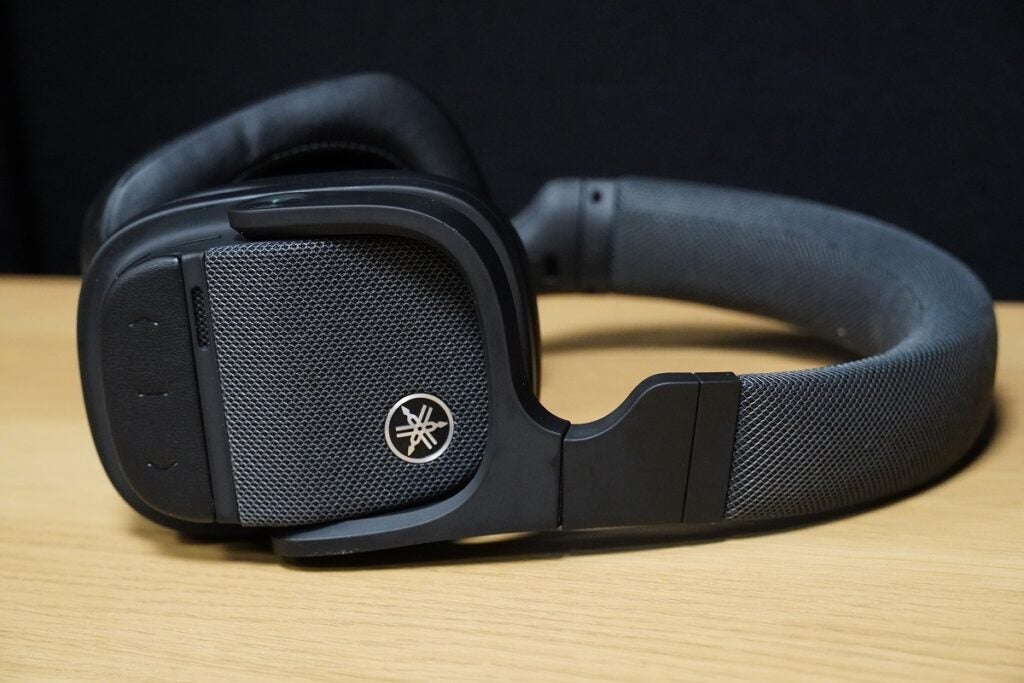
At the other end of the frequency range, there’s a brightness that impresses. I’ve not heard the piano notes in The Hands Dealt from the Doctor Strange soundtrack furnished with as much emphasis and clarity as they are here. The YH-L700A possess plenty of verve, and while that can overwhelm at times, their enthusiasm compels.
Where that warmth and richness has a slight ill-effect is in the mid-range. The Sony WH-1000XM4’s rendition of Jon Batiste’s jaunty I Need You (Tidal Master) is clearer, with some more insight and clarity to the walking bass lines and piano parts. Batiste’s vocals are also crisper, whereas the Yamaha is bigger and expansive but lacks that finer feel for definition. The Yamaha’s organisation of the soundstage plants vocals front and centre, but obscures the piano in doing so. The Sony feel more unified and cohesive.

Of the two ‘Listening’ technologies, the Listening Care feature has a more noticeable impact, even if it is on the subtle side. The volume of music is maintained at a consistent loudness – there’s no notable difference in recordings across different genres, and it subtly opens out the soundstage; the guitars in FINNEAS’ A Concert Six Months From Now fed a little more to the sides. That sense of volume management is noticeable in the peaks and plateaus of any track played. Turn the feature off and the quiet to loud aspect of the headphones’ performance is less pronounced.
The space provided by enabling 3D Sound Field as mentioned above is likable, but it lacks the detail and definition of the headphones’ stereo experience, presented as a mass that can’t be picked apart. I suppose that reflects real-world listening in a more convincing way, but then what it lacks is a better sense of depth – of near and far. If that’s not a problem, there’s no doubting the efficacy of the Yamaha’s spatial performance.
Call quality is very good, with the headphones’ built-in microphones resisting the urge to pick up any external noises, ensuring voices come across strong and clear.
Latest deals
Should you buy it?
If you like sound rich and bold With big bass and a bright top-end, the Yamaha’s delivery is an exciting and compelling effort.
If you want better noise cancellation The noise cancelling isn’t the strongest aspect of the Yamaha’s performance, with more affordable pairs beating these headphones quite handily.
Final Thoughts
Reasons to recommend the Yamaha headphones include a big, energetic performance, plus they’re full of character and brio. Another is to sample the fluency of their 3D audio, a confident and intriguing implementation, although not quite something you’d say is essential just yet.
Reasons not to buy include the distinctly underwhelming noise cancelling, which ought to be better, as well as the sparsity of the feature set and app. The Yamaha YH-L700A are a pair of headphones with a thrilling sound, but they’re not all-rounders at this price.
How we test
We test every headphones we review thoroughly over an extended period of time. We use industry standard tests to compare features properly. We’ll always tell you what we find. We never, ever, accept money to review a product.
Find out more about how we test in our ethics policy.
Tested over several weeks
Tested with various music streaming services
Tested with real world use
FAQs
You can play Apple’s spatial audio with Dolby Atmos via any pair of headphones, but Yamaha also feature its own up-conversion of stereo music into 3D.
Full specs
The post Yamaha YH-L700A appeared first on Trusted Reviews.
Source Trusted Reviews ,Home Appliances Reviews

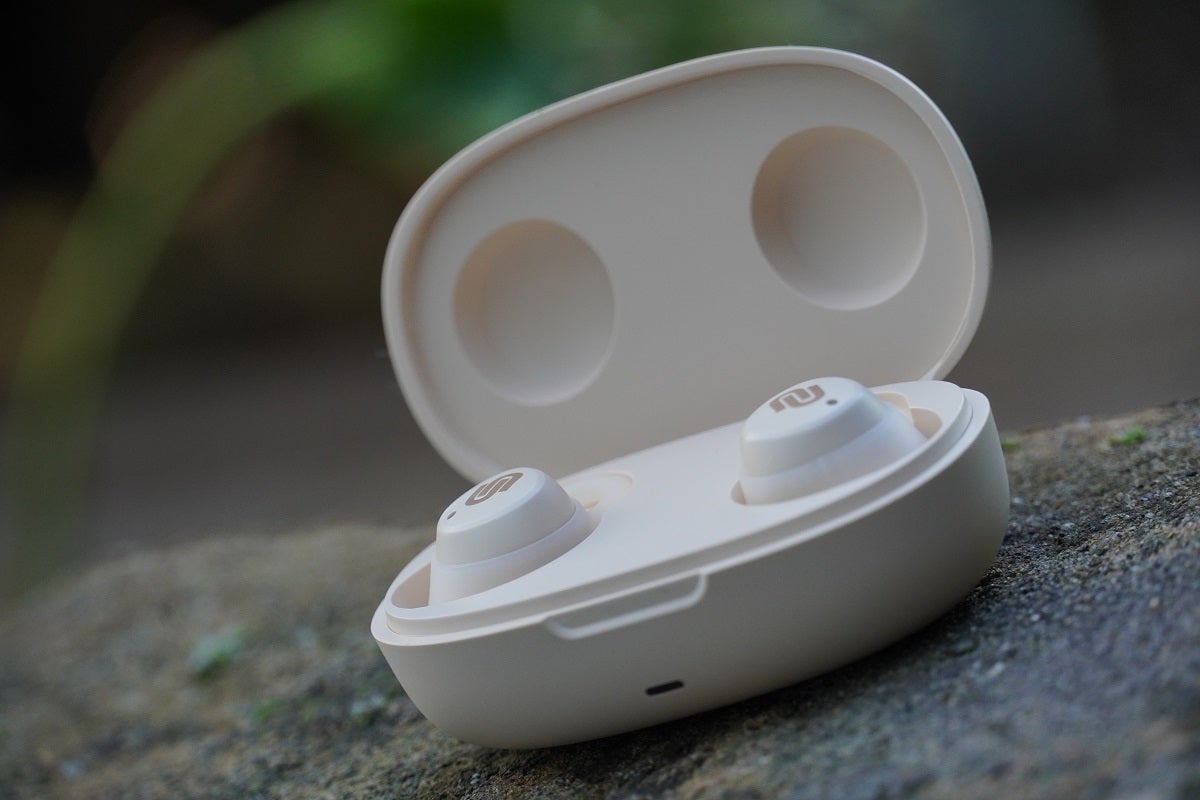
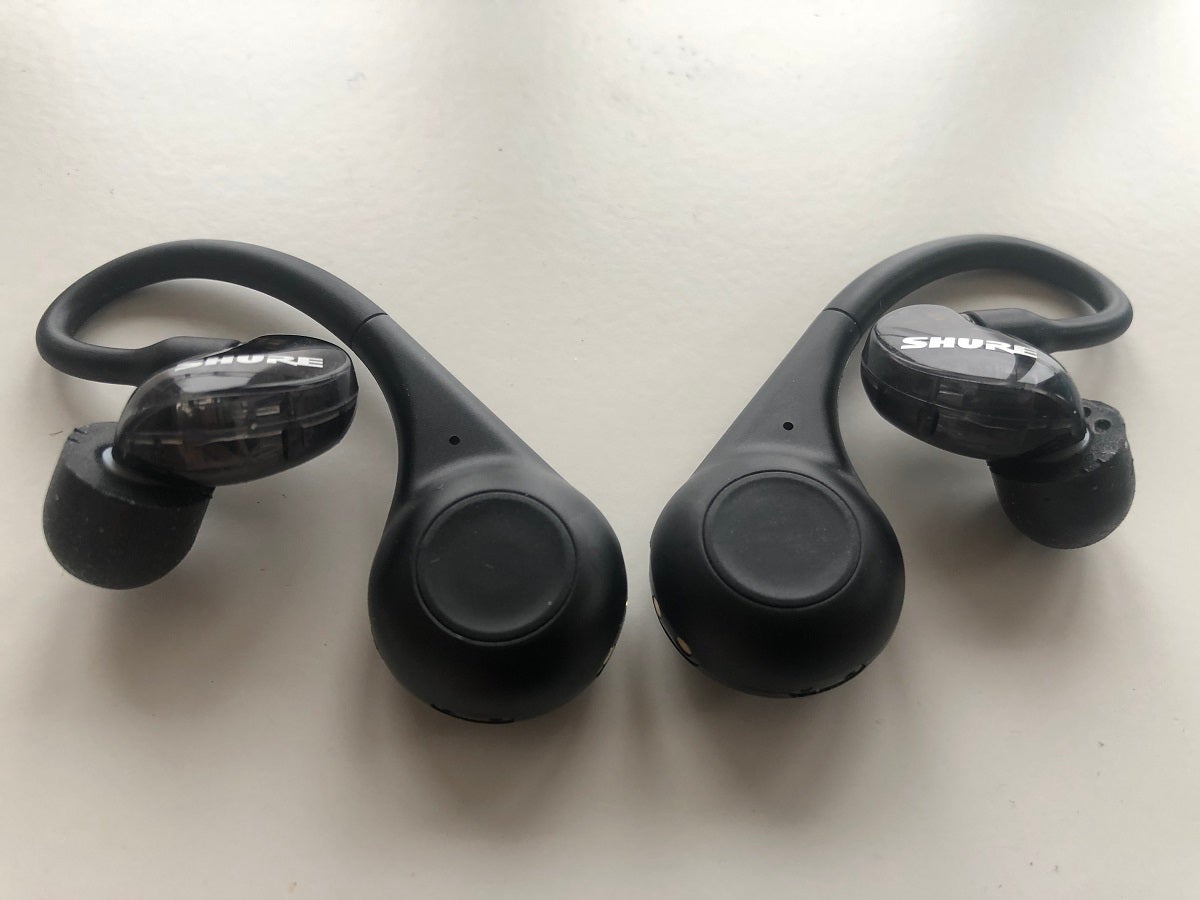


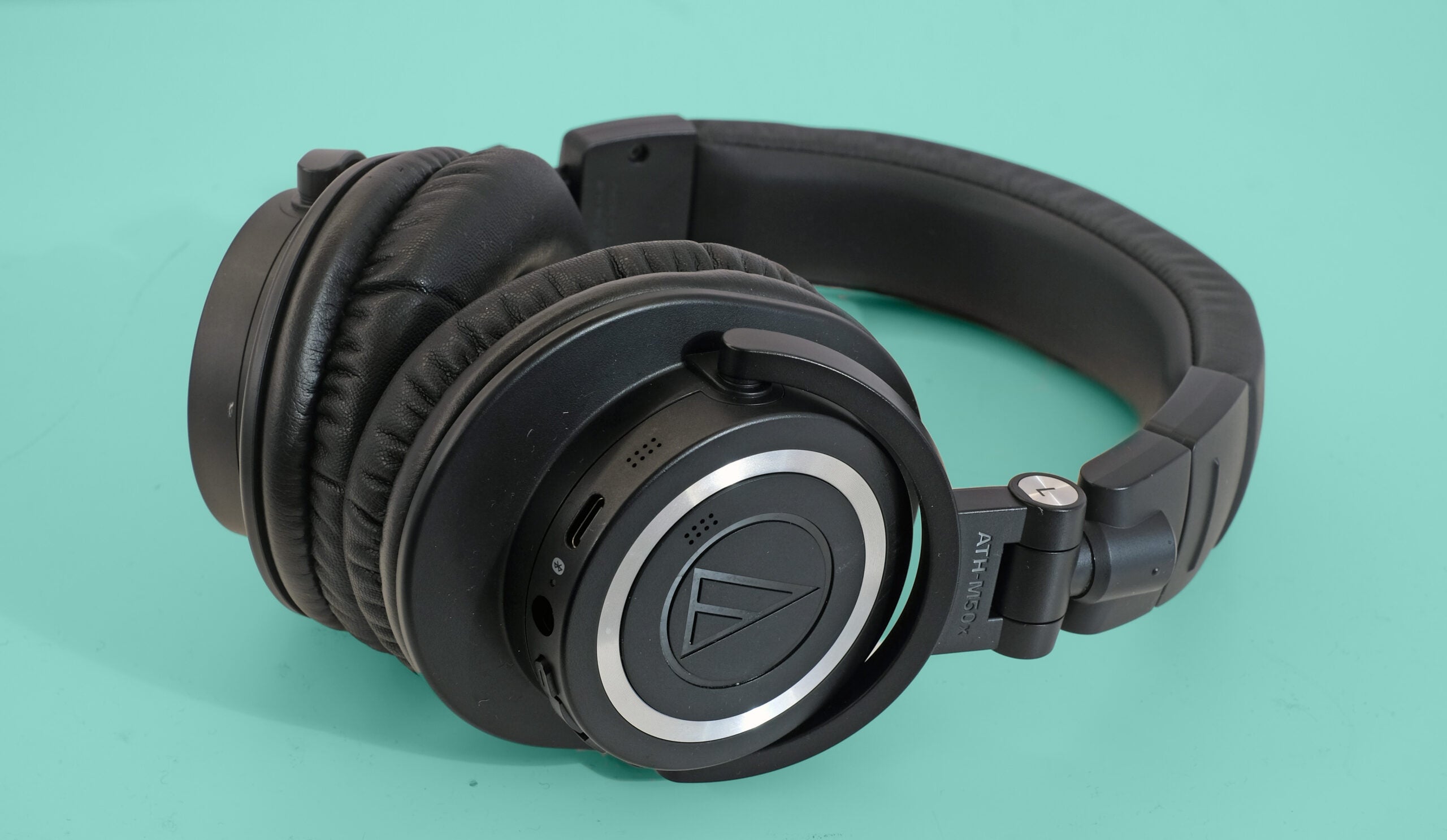

No comments